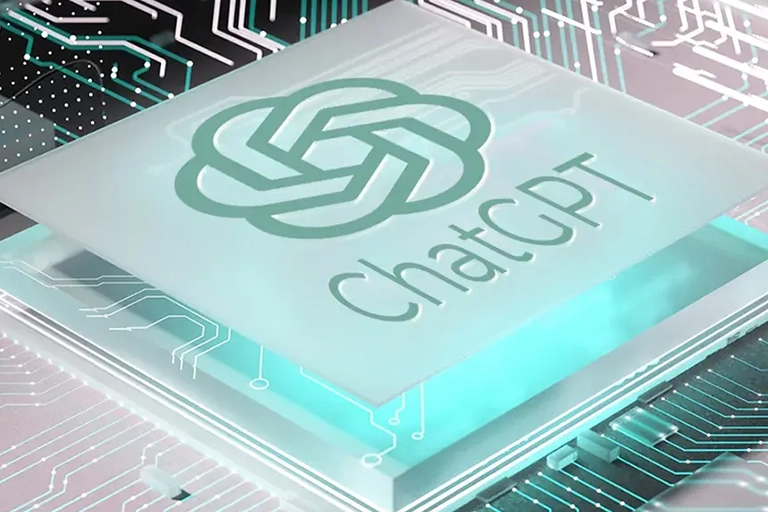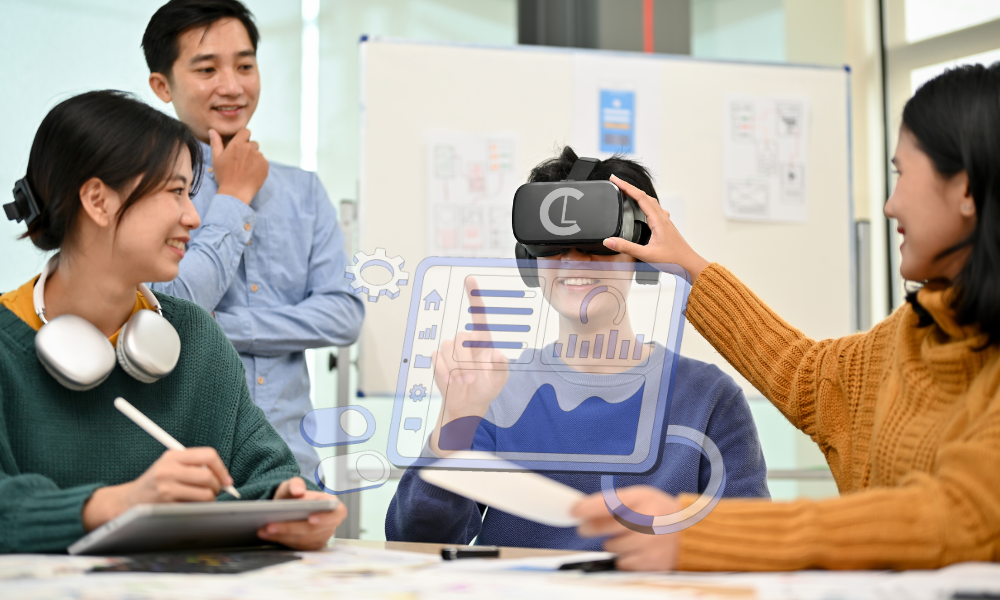Introduction
ChatGPT, recently released by OpenAI, has shocked the world. It represents a significant milestone in artificial intelligence. With its capabilities in natural language processing, it has found application in a whole range of fields, including localization, translation, transcreation, and content creation. This article aims to comprehensively understand ChatGPT, its applications, and what it has to offer the localization and translation industry at this stage in its development.
THE RISE OF AI
Hype and Limitations
As AI technology advances, it is easy to get swept away by the hype surrounding it. Many experts have touted AI as the solution to all problems, promising a future where AI will take over most tasks and bring unprecedented efficiency. However, this belief often overlooks the limitations of AI and may lead to unrealistic expectations.
While AI, such as ChatGPT, is incredibly powerful, it is essential to recognize that it cannot replace human intelligence entirely. AI algorithms are only as good as the data they are trained on and can sometimes produce biased, misleading, or even offensive results. These limitations highlight the necessity of having humans in the loop to ensure the quality and appropriateness of AI-generated content.
The Importance of Human Involvement
Despite its limitations, AI can significantly improve processes and outcomes when used as a complementary tool to human expertise. In the localization and translation industry, AI can streamline tasks and reduce the workload of professionals. However, relying solely on AI-generated translations inevitably results in inaccuracies and cultural misinterpretations. What human beings have in common with AI is that, when it comes to cultural sensitivity, we are only as good as our training data. However, when we learn about cultural sensitivity, we draw on all sorts of inputs — such as the tone of voice and facial expressions of those around us — that are inaccessible to an AI like ChatGPT. To maintain the highest quality and avoid potential pitfalls, human experts must remain involved in the process, providing valuable insights and ensuring the final output is accurate and culturally appropriate.
THE FIRST REACTION OF THE INDUSTRY
Embracing AI for Efficiency
Initially, the localization and translation industry hesitated to adopt AI technologies, due to concerns about job displacement and a potential decline in translation quality. However, as AI capabilities have improved, the industry has gradually embraced AI-driven solutions, recognizing their speed, cost efficiency, and productivity benefits.
Addressing Concerns with Hybrid Approaches
Many companies have adopted a hybrid approach, combining AI and human expertise to address the concerns associated with AI-generated translations. This approach, known as machine translation with post-editing (MTPE), involves using AI to generate translations that human linguists then review and refine, meaning that the results benefit from both the efficiency of AI and the quality assurance provided by human experts.
LEARNING FROM AI
Analyzing AI-generated Content
One of the critical lessons our industry has learned since adopting AI is the importance of analyzing AI-generated content. By examining the results produced by AI systems like ChatGPT, professionals can identify patterns, strengths, and weaknesses in the algorithms. This analysis can help improve AI models and overall translation quality over time.
Enhancing Human-AI Collaboration
Learning from AI also involves understanding the most effective ways to collaborate with these technologies. By identifying which tasks AI excels at and which require a more human touch, professionals can optimize their workflows, saving time and resources while ensuring high-quality output.
LEVERAGING AI IN PROCESSES AND QUALITY ASSURANCE
Streamlining Localization and Translation Processes
AI can streamline various processes in the localization and translation industry. ChatGPT, for example, can be utilized for tasks like classifying content into domains, converting file formats, extracting terminology, and detecting entities or sensitive content. By automating these tasks, AI can save time and improve overall efficiency.
Improving Content Quality
AI-driven tools allow us to enhance source content quality in various ways, such as spell-checking, rewriting for readability, simplifying technical language, and adapting content for specific audiences. These improvements bear fruit in better translations and localized content.
Post-processing and Quality Estimation
In the post-processing stage, AI can adapt content for various age ratings, optimize call-to-action buttons, normalize date formats, apply style instructions, and rewrite subtitles for lip-syncing. AI can autocorrect translations, eliminate gender bias, and go some way toward ensuring that content adheres to cultural norms and sensitivities.
Quality estimation is another area where AI can play a vital role. Professionals can use AI-driven tools to flag culturally inappropriate language, perform terminology quality assurance, and estimate translation quality, allowing them to identify and address potential issues before finalizing the content.
CONCLUSION
AI, and ChatGPT in particular, has recently been oversold by some as the definitive solution to all problems. While that vision of the future may be lacking in substance, let us cast our gaze back to the past and remember that AI found its place in the localization and translation industry long ago. We’ve been aware for some time now that, by leveraging AI as a complementary tool to human expertise, it is possible to achieve greater efficiency and improve content quality. As we continue to learn from AI and refine our collaboration with these technologies, the potential benefits in the localization and translation space will only grow.
Let our professionals handle your translation, transcreation, localization, and content creation needs! Learn more about Clearly Local here.
Follow us on LinkedIn: www.linkedin.com/company/clearly-local.
FREQUENTLY ASKED QUESTIONS
What are the limitations of AI in localization and translation?
AI algorithms are limited by the data they are trained on, which can sometimes lead to biased or inaccurate results. Human expertise is still required to ensure the highest translation quality and to address cultural sensitivities.
What is the hybrid approach to translation?
The hybrid approach combines Neural Machine Translation (NMT) with post-editing. In this approach, AI-generated translations are reviewed and refined by human linguists, ensuring a balance between the efficiency of AI and the quality assurance provided by human experts.
How can AI be used to streamline localization and translation processes?
AI can classify content into domains, convert file formats, extract terminology, detect entities, and identify sensitive content. By automating these tasks, AI can save time and improve overall efficiency.
How does AI improve content quality in the localization and translation industry?
AI-driven tools can enhance source content quality through spell-checking, rewriting for readability, simplifying technical language, and adapting content for specific audiences. These improvements can lead to better translations and localized content.
What role does AI play in post-processing and quality estimation?
In the post-processing stage, AI can adapt content for various age ratings, optimize call-to-action buttons, normalize date formats, apply style instructions, and rewrite subtitles for lip-syncing. For quality estimation, AI-driven tools can flag culturally inappropriate language, perform terminology quality assurance, and estimate translation quality.



